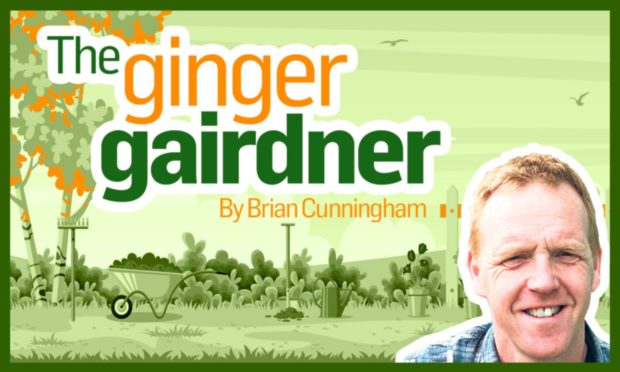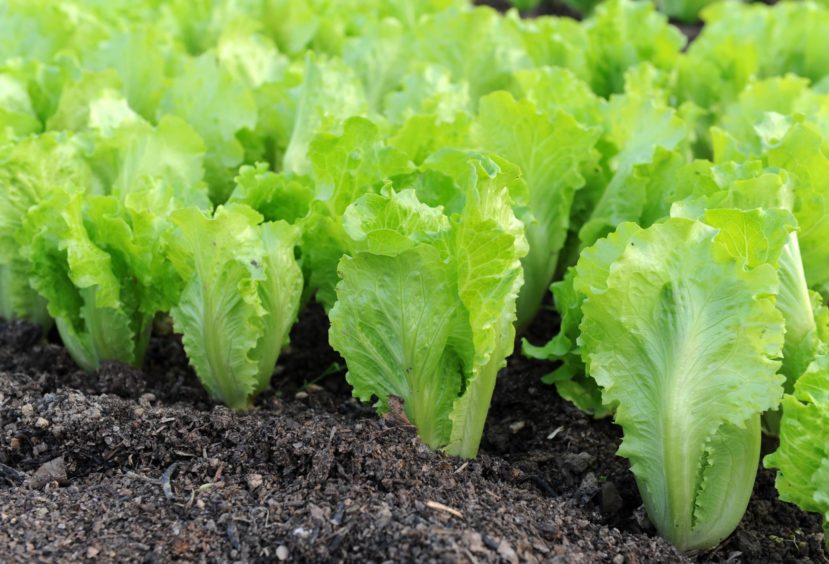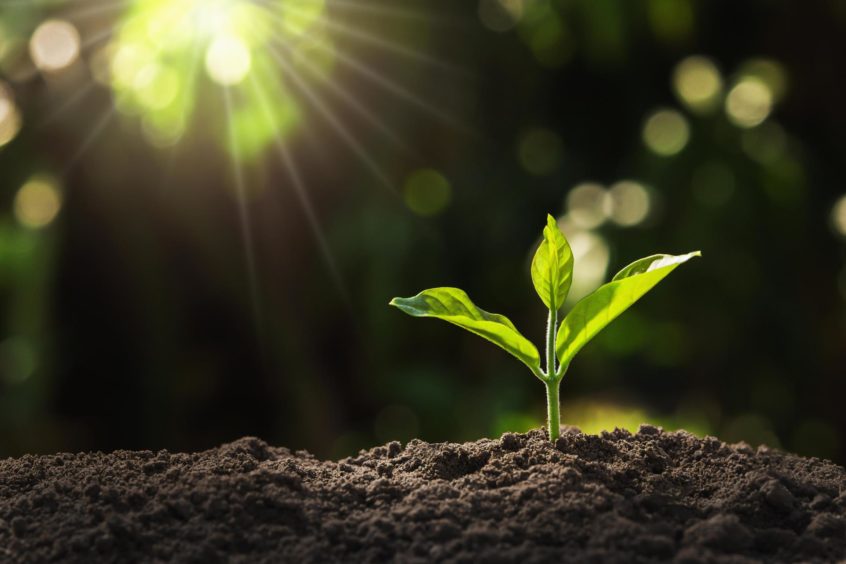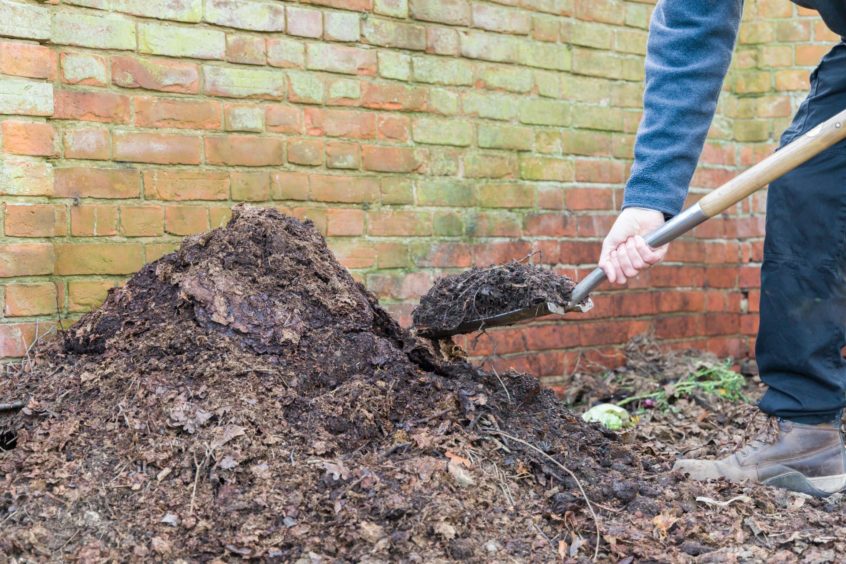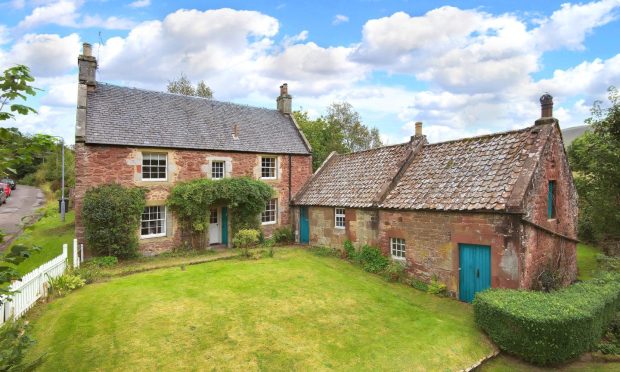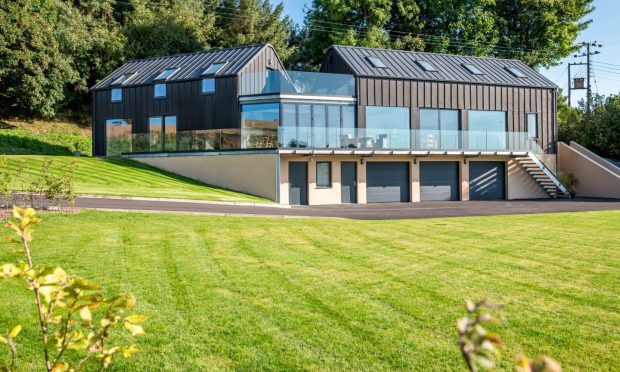I don’t know about you but my excitement levels are running pretty high at the moment, from now right up until the beginning of June its pretty much my favourite time in the garden.
At the moment I’m still working through the last of my winter jobs, I love all the planning, organising and ground works as I get set for how I want my garden to look in the year ahead.
Behind the scenes the growing has already begun, where I’ve started off some lettuce and beetroot under glass. If we get a nice and warm early spring then I’ll be ahead of the game but if it’s a colder one then I’ll probably find seed sown a few weeks later will be no further behind.
I’ve still got my 6ft x 8ft glasshouse all cosied up for the winter and insulated with bubble wrap. During the sunnier days it’s getting quite warm in there so once the temperatures gets up I’m opening the roof and side vents to get air flowing through the house to stop it from getting too warm.
When it’s warm enough I’m also bringing the module trays of garlic and onion sets that I’ve been growing in my glasshouse over winter, outdoors to a sheltered spot just for a few hours to adjust them to life outdoors and also to stop them from growing too fast and going ‘soft’ on me.
All the fun of being a gardener, I love it!
The annual debate I always have with myself each spring over which kind of compost I’m going to to use has started again but this year the answer is much more straight forward now that I am determined to garden more sustainably.
By the time I started gardening in the early 1990’s the industry was well into the way of using bags of soil-less compost for growing plants in which were mostly based entirely on peat. Correct temperatures, watering and feeding regimes are all part of the package for successful growing but I can remember we used to grow some cracking display plants of Streptocarpus, Coleus, Fuchsia’s and Begonia’s using this stuff, as well as countless hanging baskets and tubs for the district plus all the bedding to go in them.
This was all a development from the days when gardeners would make up their own mix of soil based composts. Loam – a mixture of sand, silt and clay- would be sieved then sterilised in a giant oven to clean it of weeds, pests and diseases before being placed on the potting shed floor and mixed by hand with peat and sand to make the potting compost. A laboured process before any potting up was even carried out. It’s a lot easier today, a fact I was often reminded of by the senior gardeners as I simply emptied a bag of ready-made compost out on to the bench!
Today we are aware of the impact extracting peat has to the environment where the carbon dioxide and methane stored is released into the atmosphere adding to the greenhouse gas levels. Gardeners account for the vast majority of peat harvested and a huge effort is underway by growers and retailers to produce the same high-quality plants we have become accustomed to using less peat-based media.
A walk through the compost section of our local garden centre today shows we see a wide range of alternatives made up of combinations such as garden waste, bark, coir and bracken. This is great and it’s good to know we are moving in the right direction with the Horticultural Trades Association finding that peat use in the horticulture sector had fallen to it’s lowest level in 2020, however there is still a long way to go.
Peat-free composts
I’ve been dabbling with peat-free composts for a few years now but sadly with mixed success finding the brand I had been using was great for seed germination but never had enough goodness within it to take the plants on to the next level. This has been particularly frustrating as I cant afford that to happen with the plants destined for the veg plot which has resulted in both plant and poor cropping failures for me.
With any kind compost there are only adequate nutrients for around 4-6 weeks before they have all used up by the plant, if not potting on to a bigger pot and some fresh compost then we need to start a regime of weekly feeding, I’ve tried this but without any improvements.
It took time to develop peat based composts and time will be required to get the next generation of alternatives right. I refuse to be beaten and this year I’m going to give myself every chance to find a brand that works for me and conduct a mini experiment where I’ll trial two or three different, sowing a portion of my seed packet in each.
Not such an easy life now for me now but at least those gardeners have given me good enough grounding to find a solution.
